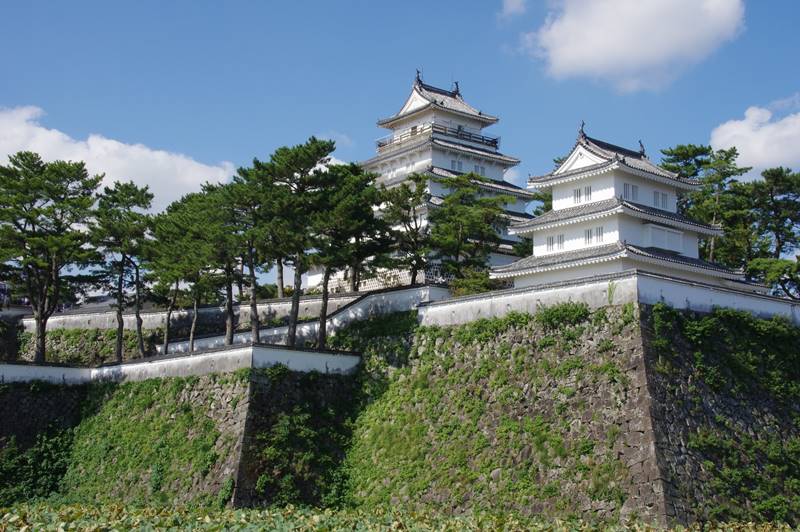This is all about Shimabara Castle Ruins you want to know.
Every information you get on this site will be from a credible source based on Japanese history (books for reference).
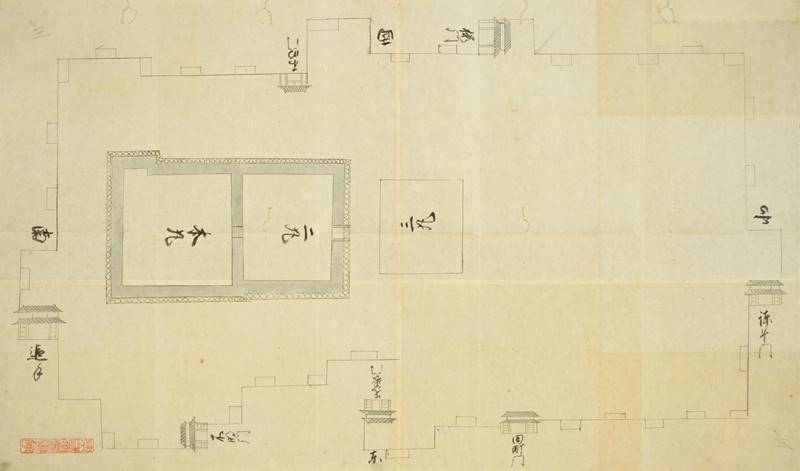
Collected by the Inagaki family, the Toba Daimyō from the mid-Edo period to the Meiji Restoration, as materials for military studies. There are about 350 illustrations, but there is no uniformity because only illustrations of castles, illustrations including castle towns, and old battlefield illustrations are mixed.
Another typical example of a castle picture in the Edo period is "The Shōhō Shiroezu", picture of the castle and castle town that the Edo Shogunate ordered the daimyō to create and submit,aggregating military information such as the buildings inside the castle, the height of the stone wall, the width of the moat and the water depth, etc., it also details the location and shape of the castle town and the mountain river.
Profile : Shimabara Castle Ruins
| Location | Shimabara City, Nagasaki Prefecture |
| Also known as | Moritake Castle |
| Type of castle | Flatland |
| Mountain's name | ー |
| Elevation | ー |
| Condition | Reconstructed main keep |
| Designation | Nagasaki Historic Sites |
| Year built | 1618 |
| Abolished | 1871 |
| Castle lord | Matsukura Shigemasa |
| Refurbishment lord | ー |
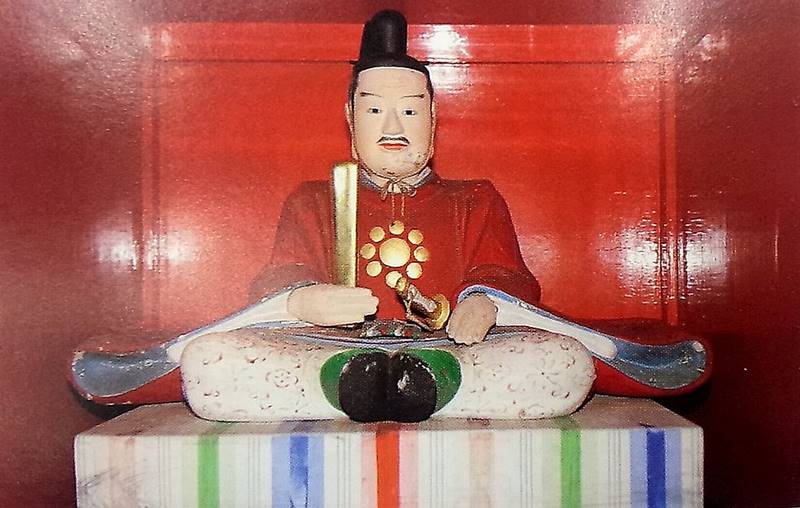
【Bad example from which one can learn, One of the "worst lords" of all ages, all over East and West】
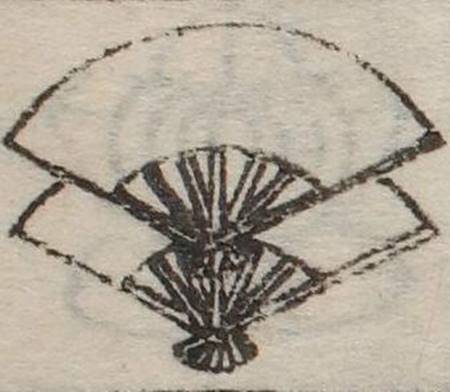
adapted from "Classical Japanese National Data Set" (Kokubunken Collection)
The family crest was originally created from the pattern that the emperor and the royal family put on the kimono, and the pattern was made into a fixed pattern, and the one attached to his own oxcart is said to be the beginning of the family crest. The warlords drew large crests on the flag-fingers, used to distinguish enemy views on the battlefield, and used by the generals to determine which warlords were active and how much.
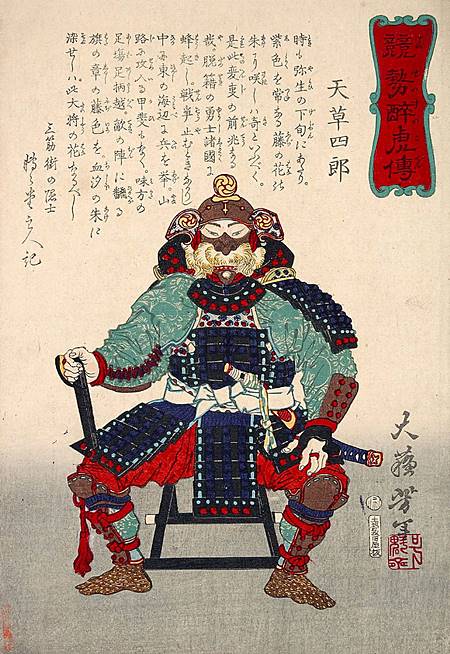
Charismatic christian leader of Shimabara Rebellion is said to have died at the age of 16.
Shimabara Castle admission
admission fee : 500yen (over high school students)
admission time :
winter (December 1-January 3) : am10-pm2
closing period : during winter (January 4 - February 28) reference official site (japanese)
Shimabara Castle Google Map
Shimabara Castle Images
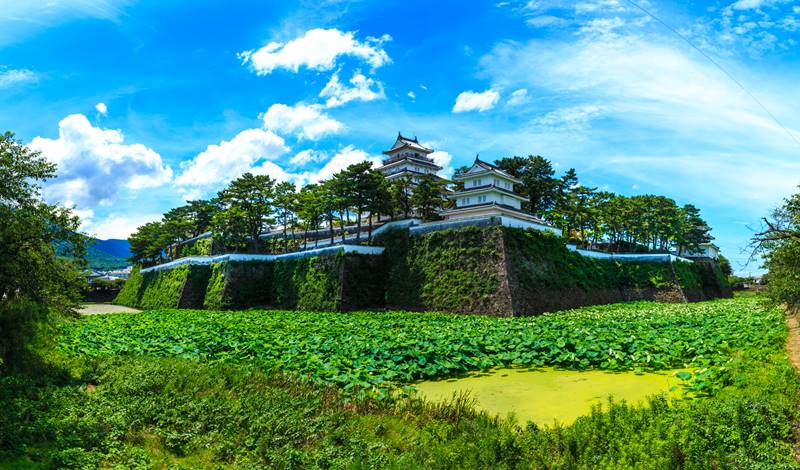
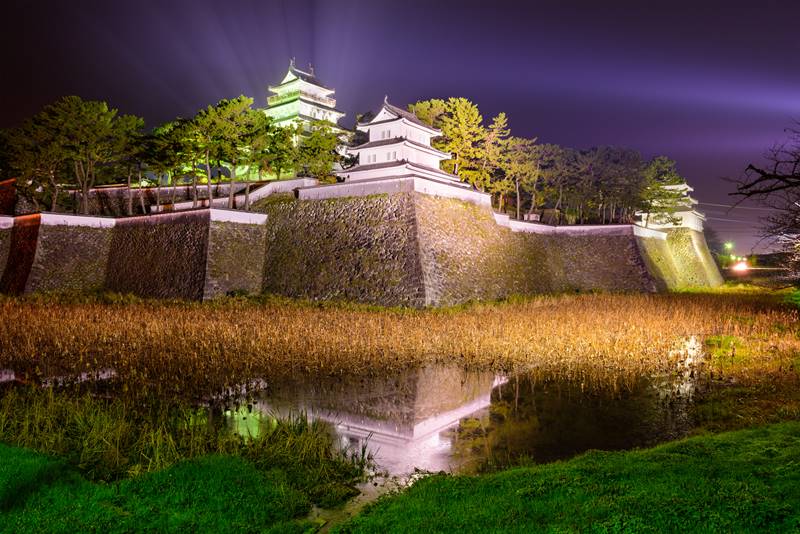
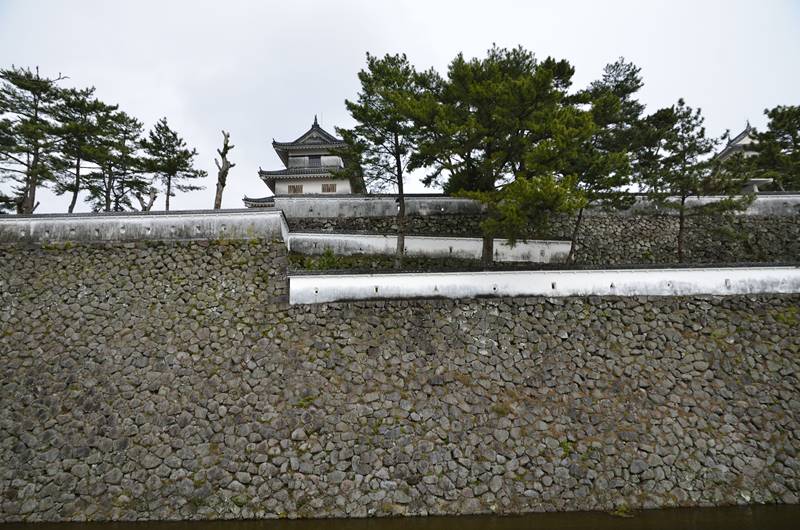
The face of the stone is also chipped away to make it more flat. The remaining holes are filled with smaller stones to tightly fill the gaps. This makes a stronger wall than Nozurazumi and these walls can be built higher.

It took seven years to build Shimabara Castle. By the way, matsukura Shigemasa is a master of the castle, and is known for designing Futami Castle, Tsu Castle, Kugame Castle, etc. Although the completed Shimabara Castle is 43,000 levels high, it is unsuitable for the size of a daimyō castle of 100,000 levels. Dissatisfaction among the folks grew rapidly as farmers and merchants struggled to exploit the cost of building this castle. Shigemasa also plans to capture Luzon(Phillipine) independently when the Shogunate issues "Crishitan Kinkyō-rei (Edicts banning Christianity)", and escalates to them. He is reported to have worked hard to crack down on Christians in the territory, including invading vassals on the island, stockpiling weapons in the castle, and performing brutal tortures and executions.
In addition, because his son Matsukura Katsuie was a brutal man who ruled even worse than this Shigemasa, after the Shimabara rebellion, Katsuie was sentenced to death by the Tokugawa Shogunate. He was executed by【beheading" as the worst criminal】rather than 【cutting himself (切腹)】, who died while retaining his honor as a samurai. This was a very unusual judgment for the daimyō at that time. Not surprisingly, the Matsukura Familly were destroyed and their territory confiscated.
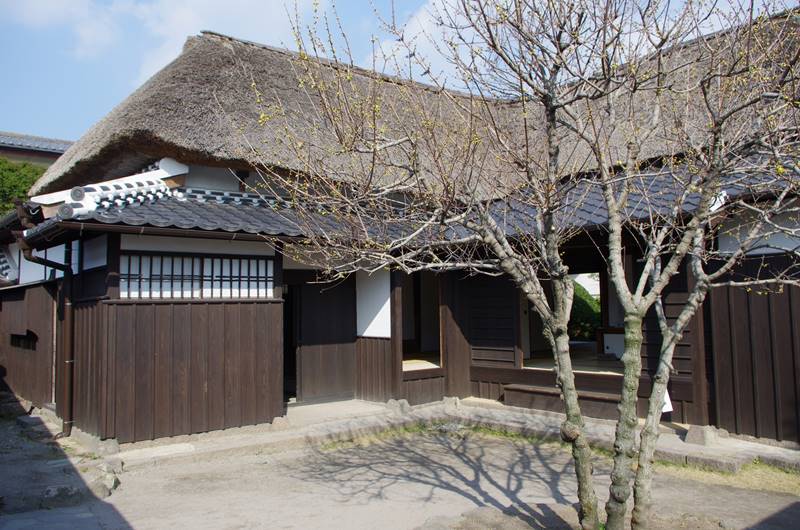
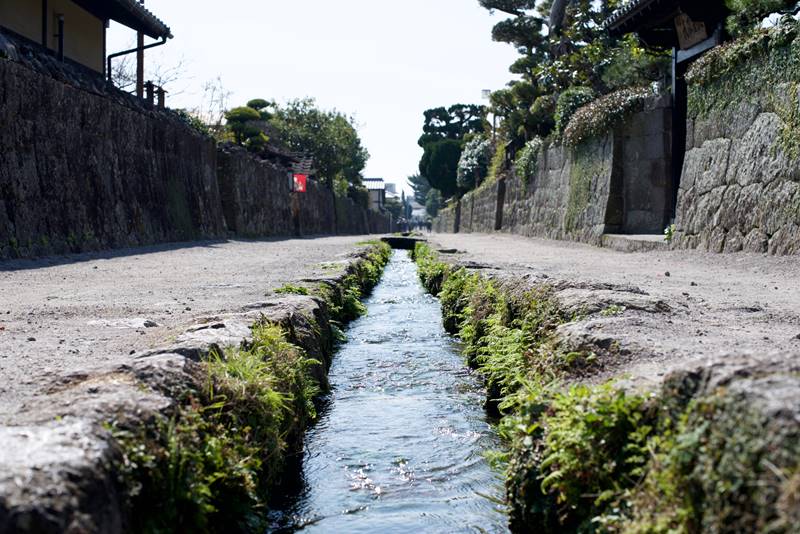
Flowing water through the center of the town is a spring water sourced from Kumano Shrine in the northwest, once used as drinking water. At that time, the water was strictly managed to the extent that it had water magistrates.
Link : A fierce battle in japanese history
【north japan】Goryōkaku 【north japan】Aizuwakamatsu Castle 【east japan】Kawagoe Castle 【central japan】Ueda Castle 【west japan】Tottori Castle 【west japan】 Chihaya Castle 【south japan】Shimabara Castle
